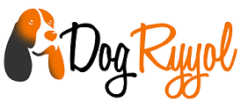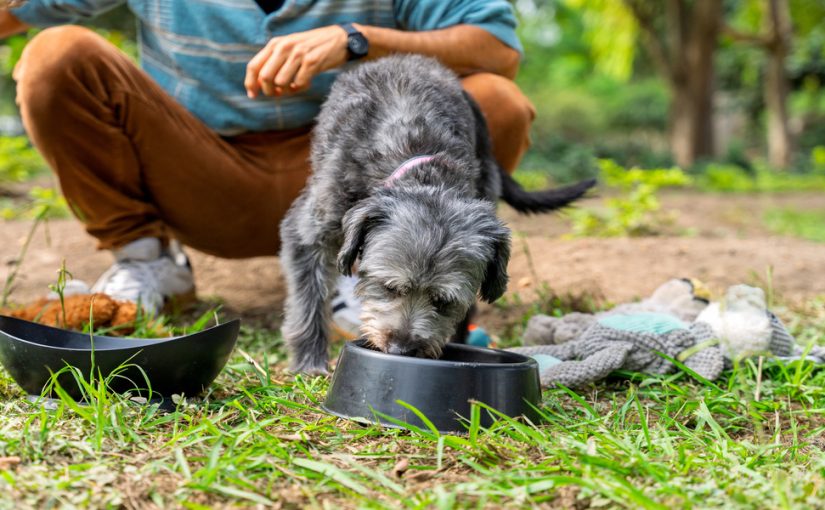Dogs need patterns. Simple as that. However, crafting the ideal daily routine for your pet is more complex than you might realize. Let’s build a routine transforming chaos into harmony for you and your pet.
The Morning Rush
Sunrise. Your dog’s eyes flutter open. Within seconds, they’re ready to embrace the day with unbridled enthusiasm that would put most morning people to shame. First things first – a quick dash outside. Morning walks follow, and here’s where the magic begins. As the crisp air fills their lungs, their nose works overtime. They are trying to decode all the mysterious scents left by neighborhood visitors during the night. These walks aren’t just exercise. No, they’re expeditions into a world of sensory delights.
Early training works wonders. Their mind is fresh, eager, and receptive. Keep it brief though – fifteen minutes tops. You’d be amazed at what they can learn in these golden moments of morning clarity.
Mealtime Magic
Make mealtimes the most important part of your dog’s day. Two well-timed meals form the base for the rest of the day. Some pet parents swear by cold-pressed dog food from a brand like Nextrition. There’s just something about the nutritional integrity. But the main thing is that consistency beats everything. Pick your times and stick to them religiously. After meals, peace is paramount. Twenty minutes of quiet digestion can prevent a host of problems. Water should be always fresh and always available. It’s non-negotiable.
Midday Activities
The house falls quiet. Everyone’s gone. But your dog’s day is far from over. This is when enrichment becomes essential. Puzzle toys become treasure hunts. Chew toys transform into time machines, making hours dissolve effortlessly. Sometimes, the simplest things work best – a window becomes an IMAX theater, streaming an endless documentary of squirrels, postal workers, and passing cars.
Afternoon Adventures
They hear your key in the lock. Joy erupts. Now’s when the real fun begins. Play hard. Play smart. Mix it up. A game of fetch suddenly becomes an agility course. What started as a simple tug-of-war game unexpectedly turned into a more focused and structured training exercise. Every interaction is an opportunity to bond and learn. Some dogs crave canine companionship. Others prefer their humans’ exclusive attention. Know your dog. Dog parks might be ideal for sociable dogs and their owners, but more reserved dogs and owners might prefer more intimate playdates.
Evening Wind-Down
As shadows lengthen, energy levels should follow suit. Evening walks take on a different character now – less about exploration, more about gentle unwinding. Bedtime shouldn’t be an afterthought. Create a sanctuary of calm. Maybe it’s gentle brushing that sends them into a state of bliss. Perhaps it’s quiet time together, sharing the peaceful energy of a day well-spent. Some dogs drift off to soft music, others to the gentle whir of a fan.
Making It Work for Your Family
Every dog writes their own story. High-energy breeds might need additional chapters of exercise and mental stimulation. Laid-back dogs might prefer their tales with more nap times than plot twists. Your family’s schedule matters too. The best routine is one everyone can follow.
Adjusting the Routine
Life happens. Schedules change. Flexibility within structure becomes your north star. Small adjustments work better than complete rewrites. During chaos such as holidays, moves or visitors, maintain what you can. Your dog will thank you for any fragments of familiarity.
Conclusion
A good routine is harmonious and well-structured. It has rhythm, flow, and purpose. Start with the basics, things like meals, potty breaks, exercise. Then layer in the enrichment, the training, the play. Add your personal touches. Let it evolve. The result is a happier, more balanced dog, and a stronger bond between the two of you both.


